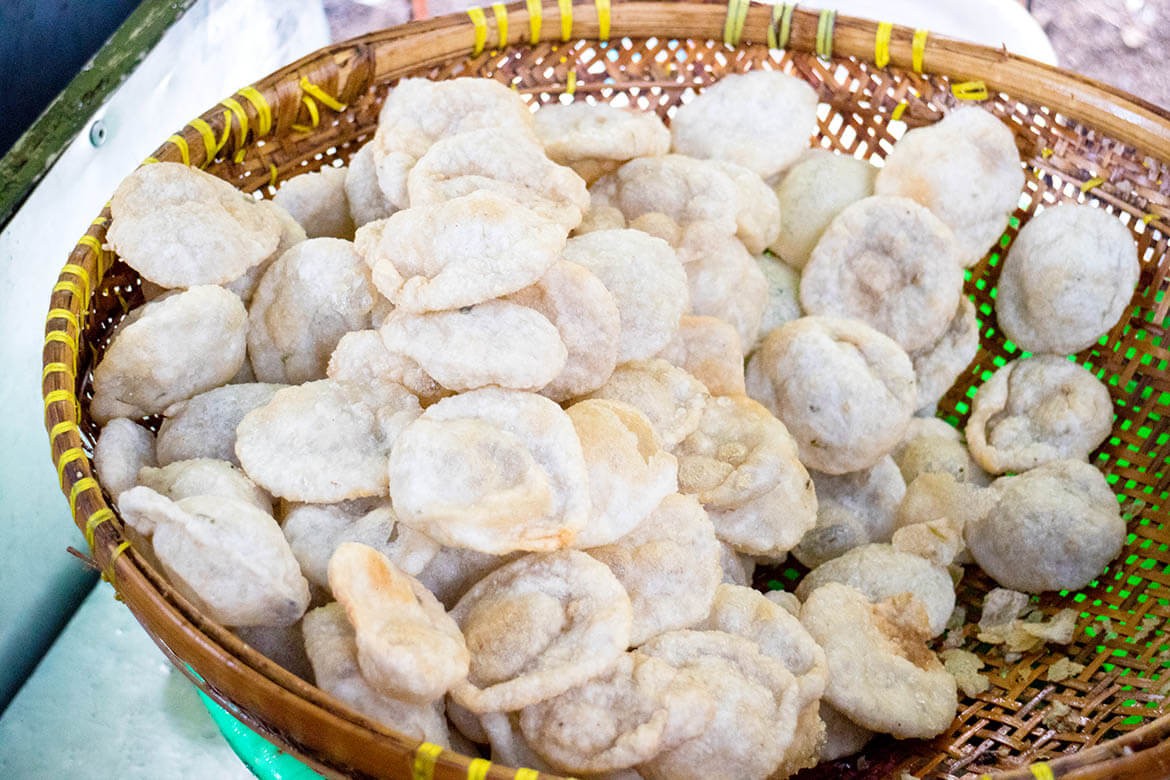Popular Reads
Top Results
Can't find what you're looking for?
View all search resultsPopular Reads
Top Results
Can't find what you're looking for?
View all search resultsChewy 'aci': From thickening agent to tantalizing fritter
Change text size
Gift Premium Articles
to Anyone
I
ndonesians are in a league of their own when it comes to inventing snacks from various food ingredients. Those made from aci (tapioca starch), for example, have become among the most prominent treats nowadays.
A short form in the Sundanese language for tepung kanji (tapioca starch), aci is not only used to thicken soup, but has also been modified to become nibbles. The general public was only introduced to light bites made from aci in the 2000s, yet our Sundanese friends have been devouring these chewy delights since the 1980s. It now comes in a variety of shapes and sizes and is offered across the country, rather than only in West Java.
Aci first came about as cireng – short for aci goreng (fried aci) – that is still frequently sold by fritter hawkers along with fried banana, fried tofu, risoles (rissole), bakwan (vegetable fritter) and fried yam. Now, however, you have the likes of cilok, or aci colok (skewered aci), which is the result of aci being moulded into circular meatball-like shapes, boiled and served with peanut sauce or sambal. One can also add shards of egg to them. Then there’s cimol or aci di-gemol (round-shaped aci), with gemol being a Sundanese word meaning “make into a rounded shape”. The preparation method for cimol involves frying them and then dishing them out with chili powder. You also have cilor or aci telor (fried egg with aci), where the aci is cut into small squares and fried with the egg. It is then put inside a glass and crushed before being topped with powdered flavoring.
(Read also: Seven traditional Indonesian rice dishes you should try)
Cireng in itself has undergone a series of refashionings. Now you can find cireng isi (stuffed fried aci), which is essentially cireng that is filled with stuffing, such as cheese, sausage, corned beef or meatballs. People have also devised a way to eat cireng with the sambal from rujak (vegetable salad), with its savory flavor making it an ideal afternoon treat. You can visit a legendary cireng purveyor here.
Cipuk or aci kerupuk (aci crackers) is the latest variation that not many people may know about and is still quite difficult to obtain. As its name suggests, its main component is raw crackers that have been smashed and soaked in water. They are subsequently mixed with the aci batter – comprising aci, salt, pepper, onion and powdered flavoring – and steamed to alleviate moisture and make the cipuk firmer and denser. Following that, they are cut into smaller pieces and fried.
Now that you’re clued up on the many types of aci that you can stuff your face with, it’s time to track them down. Enjoy!
Explore more about Indonesian cuisine here. (kes)












